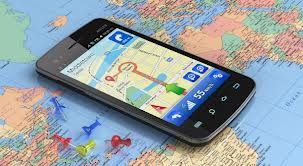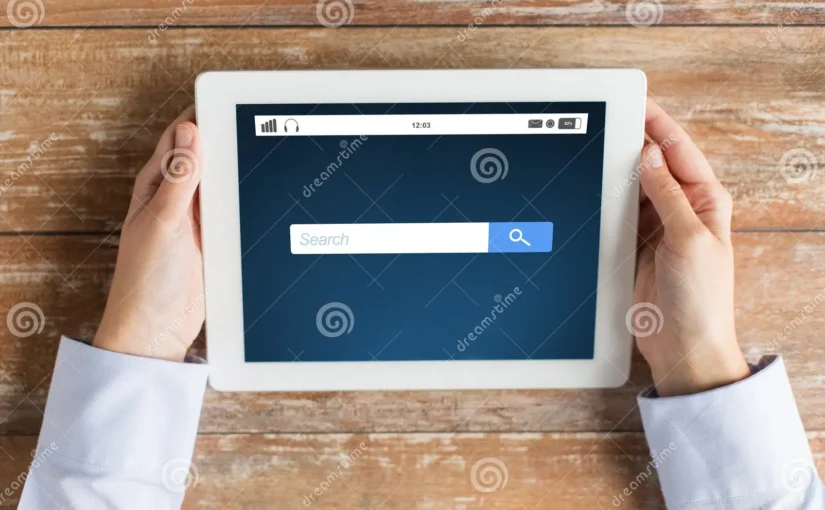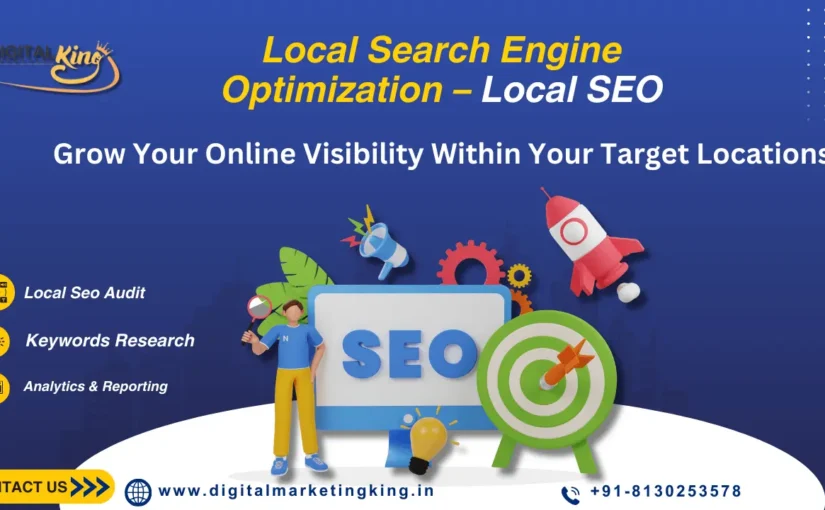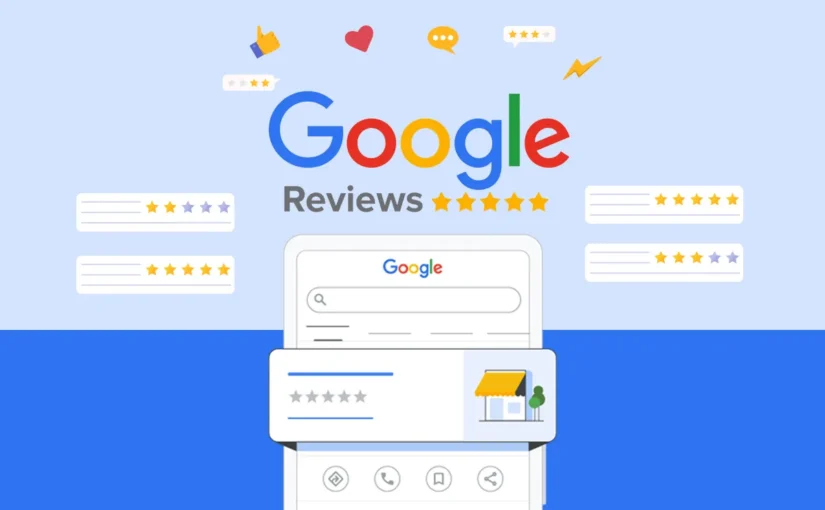The Benefits of Automating Your Bids with Google Ads
Automating your bids in Google Ads is a powerful strategy that can enhance the effectiveness of your campaigns while saving you valuable time. This guide explores the advantages of auction-time bidding, provides insights into testing and optimization, and explains how automated bidding strategies can lead to better-informed decisions and improved campaign performance.
Understanding Auction-Time Bidding
Auction-time bidding is a feature in Google Ads that adjusts bids in real-time for each individual auction. This means that the system can analyze numerous signals—such as device, location, time of day, and user behavior—at the moment of the auction to determine the optimal bid.
- How It Works: Auction-time bidding uses machine learning algorithms to analyze vast amounts of data and predict the likelihood of various outcomes, such as clicks or conversions. Based on these predictions, it adjusts bids dynamically to maximize performance according to your specific goals.
- Benefits: This approach ensures that your bids are always as competitive as possible, taking into account real-time factors that can affect the value of a click. It helps you make the most of your advertising budget by focusing spend on the most valuable opportunities.
Q: What makes auction-time bidding advantageous over manual bidding?
- A: Auction-time bidding can analyze and react to far more data points than a human could manage manually, ensuring that each bid is optimized for the best possible outcome. This leads to more efficient use of the advertising budget and often results in higher conversion rates and ROI.
Benefits of Automated Bidding Strategies
Automated bidding strategies in Google Ads include options such as Target CPA (Cost Per Acquisition), Target ROAS (Return on Ad Spend), Maximize Clicks, and Maximize Conversions. These strategies are designed to align with specific campaign goals and automatically adjust bids to meet those objectives.
- Target CPA: This strategy sets bids to help get as many conversions as possible at or below the target cost per acquisition you set.
- Target ROAS: Focuses on maximizing revenue by setting bids to achieve the desired return on ad spend.
- Maximize Conversions and Clicks: Aim to use your budget efficiently to get the highest number of conversions or clicks.
Q: How do automated bidding strategies save time and improve performance?
- A: Automated bidding eliminates the need for constant manual bid adjustments, freeing up time for strategic planning and analysis. It also leverages machine learning to optimize bids based on real-time data, often leading to better performance than manual bidding.
Testing and Optimization
Even with automated bidding, it’s crucial to continuously test and optimize your campaigns to ensure they meet your goals.
- Setting Clear Goals: Before implementing automated bidding, define your campaign goals clearly. Whether you aim to maximize conversions, increase clicks, or achieve a specific ROAS, clear goals help the system optimize effectively.
- A/B Testing: Use A/B testing to compare the performance of different bidding strategies or ad variations. This helps identify the most effective approach and refine your strategy over time.
- Monitoring Performance: Regularly review performance data to ensure your campaigns are on track. Pay attention to key metrics like conversion rates, CPA, and ROAS, and adjust your strategies as needed.
Q: What should be monitored when using automated bidding?
- A: Monitor metrics such as conversions, CPA, ROAS, and overall ad spend. It’s also essential to track changes in click-through rates (CTR) and conversion rates, as these can indicate how well your ads and bids are resonating with your audience.
Conclusion
Automating your bids with Google Ads offers a strategic advantage by leveraging machine learning to make more informed and real-time decisions. Auction-time bidding, combined with automated strategies like Target CPA and Target ROAS, can significantly enhance campaign performance and efficiency. However, successful implementation requires clear goal-setting, continuous testing, and regular performance monitoring. By optimizing your automated bidding strategies, you can maximize the value of your ad spend and achieve your marketing objectives more effectively.
Are you interested in PPC Marketing ?
Questions on Google Ads? Google Display Network ? Google Remarking ? First Party Data ?
Contact us Today for FREE consultation.
We are here to help you reach your goals within your defined Budge !
People Also Ask
- How much do Google Ads cost?
- Are Google Ads Free?
- What are Google Ads and how do they work?
- How can I get Google Ads for free?
Related searches
- google ads sign in
- google ads for youtube
- google ads keyword planner
- google ads account
- google ads manager
- google adsense
- create google ads







